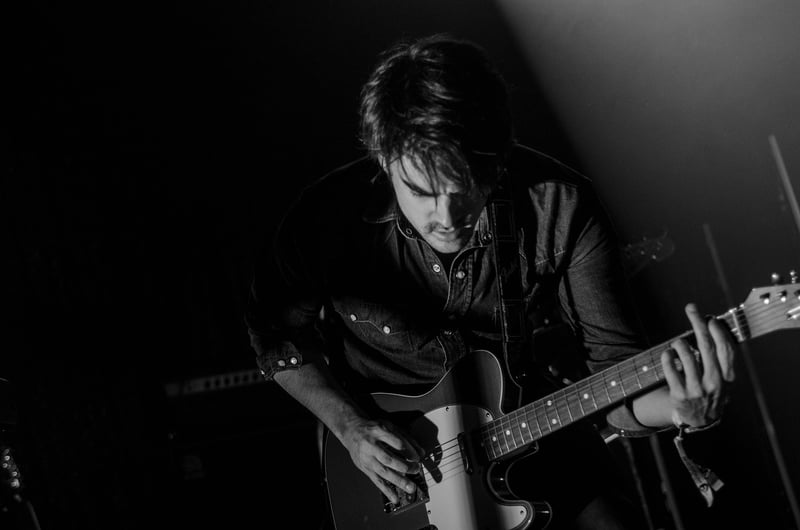Rhythmic Healing
Healing through Movement and Rhythmic Healing
Healing through movement and rhythmic healing techniques has been practiced for centuries, harnessing the power of music, dance, and physical activity to promote overall well-being and healing. This holistic approach recognizes the interconnectedness of the mind, body, and spirit, emphasizing the importance of movement and rhythm in maintaining health.
The Power of Movement in Healing
Physical movement, whether through dance, yoga, or other forms of exercise, has numerous benefits for the body and mind. It can help reduce stress, improve flexibility and strength, boost mood, and enhance overall quality of life. Movement also plays a crucial role in releasing blocked energy and emotions, promoting a sense of balance and harmony within the body.

Benefits of Rhythmic Healing
Rhythmic healing, which involves using rhythmic patterns, beats, and music to facilitate healing, is another powerful tool for promoting wellness. Music has the ability to evoke emotions, memories, and sensations, making it a potent medium for healing and self-expression. Drumming circles, chanting, and guided rhythmic exercises are some of the techniques used in rhythmic healing practices.
How Movement and Rhythm Work Together
When movement is combined with rhythmic elements, the healing effects can be amplified. The synchronization of movement with music or rhythm can create a harmonious flow that enhances relaxation, reduces anxiety, and promotes a deep sense of connection with oneself and others. This synergy can help release tension, increase self-awareness, and foster emotional release and healing.

Practical Applications
Practicing mindful movement, such as tai chi, qigong, or mindful walking, can be an excellent way to incorporate movement and rhythm into your daily routine for healing purposes. Additionally, participating in dance therapy, drumming circles, or music therapy sessions can provide a structured and supportive environment for exploring the healing potential of movement and rhythm.
Conclusion
Healing through movement and rhythmic healing offers a holistic approach to wellness that addresses the interconnected nature of the mind, body, and spirit. By embracing the power of movement and rhythm, individuals can tap into their innate capacity for healing, self-expression, and personal growth.
